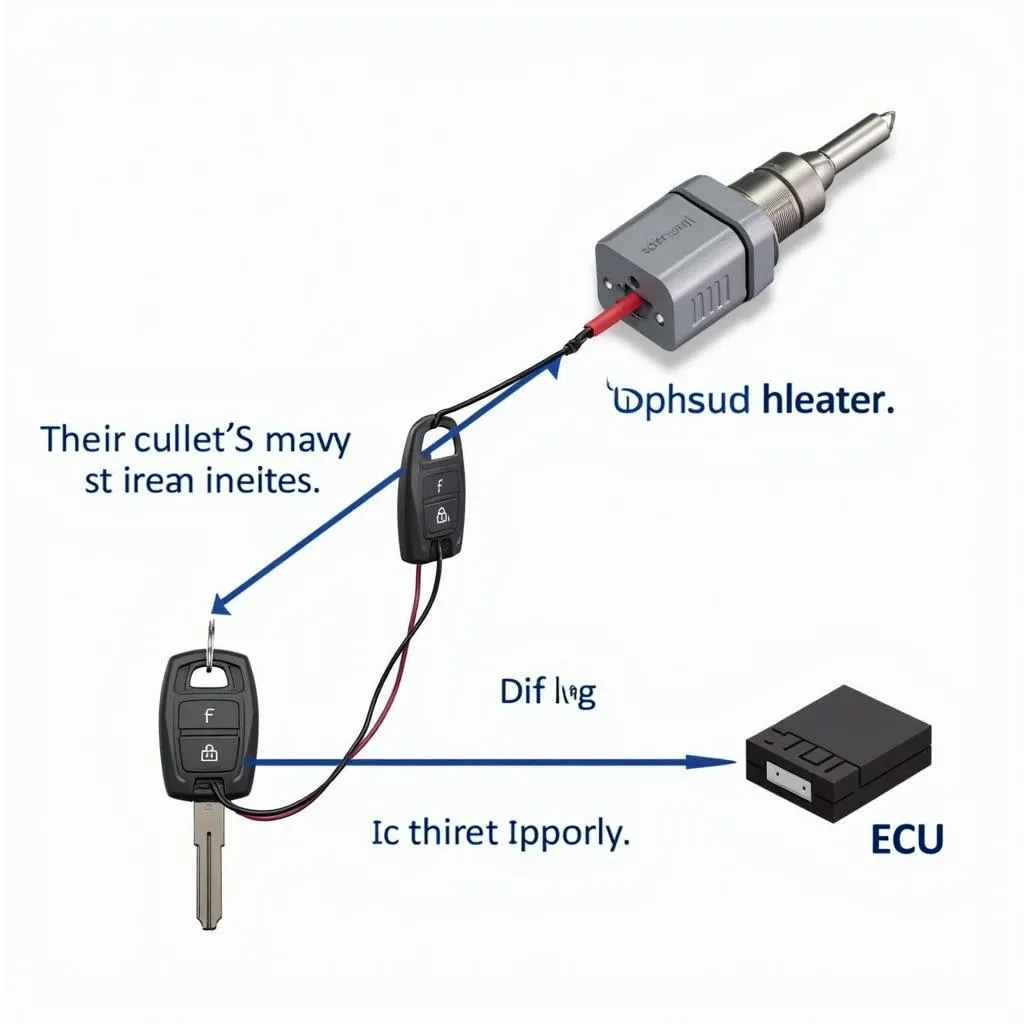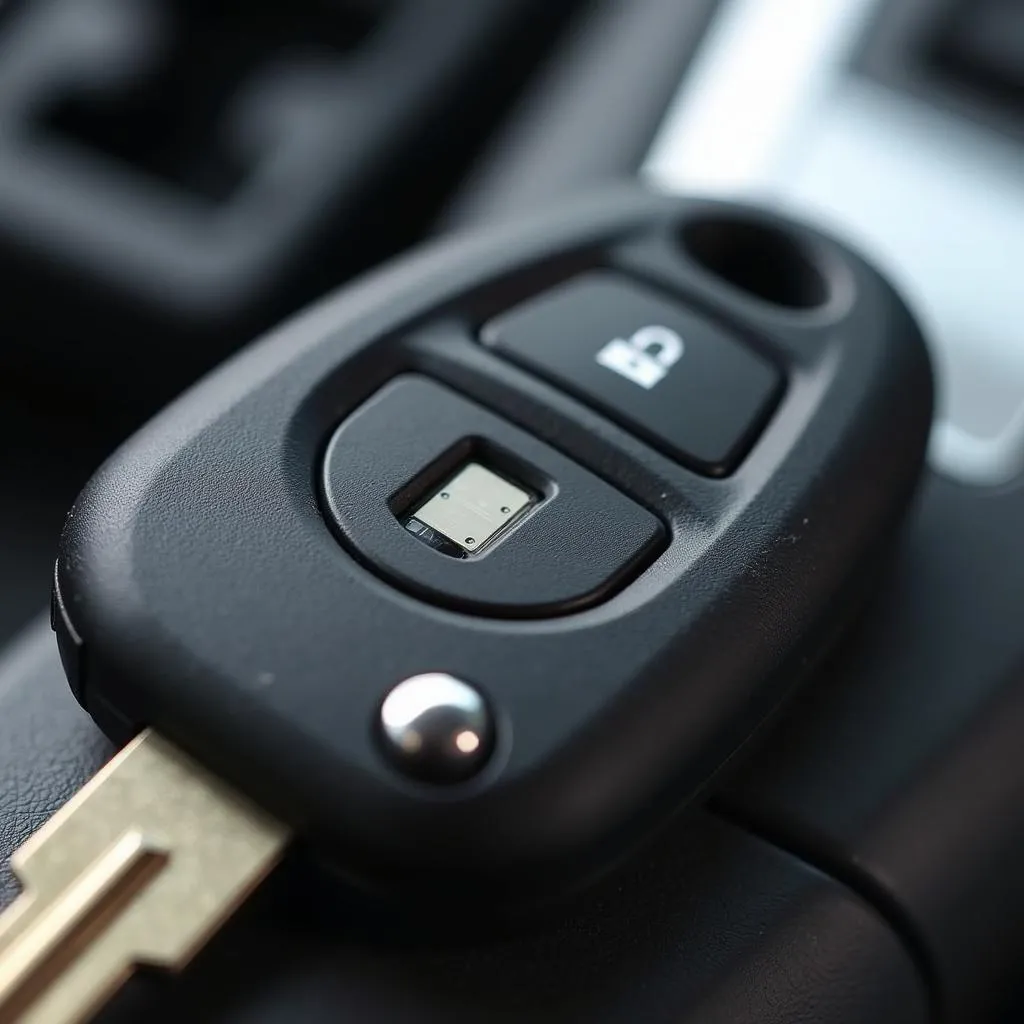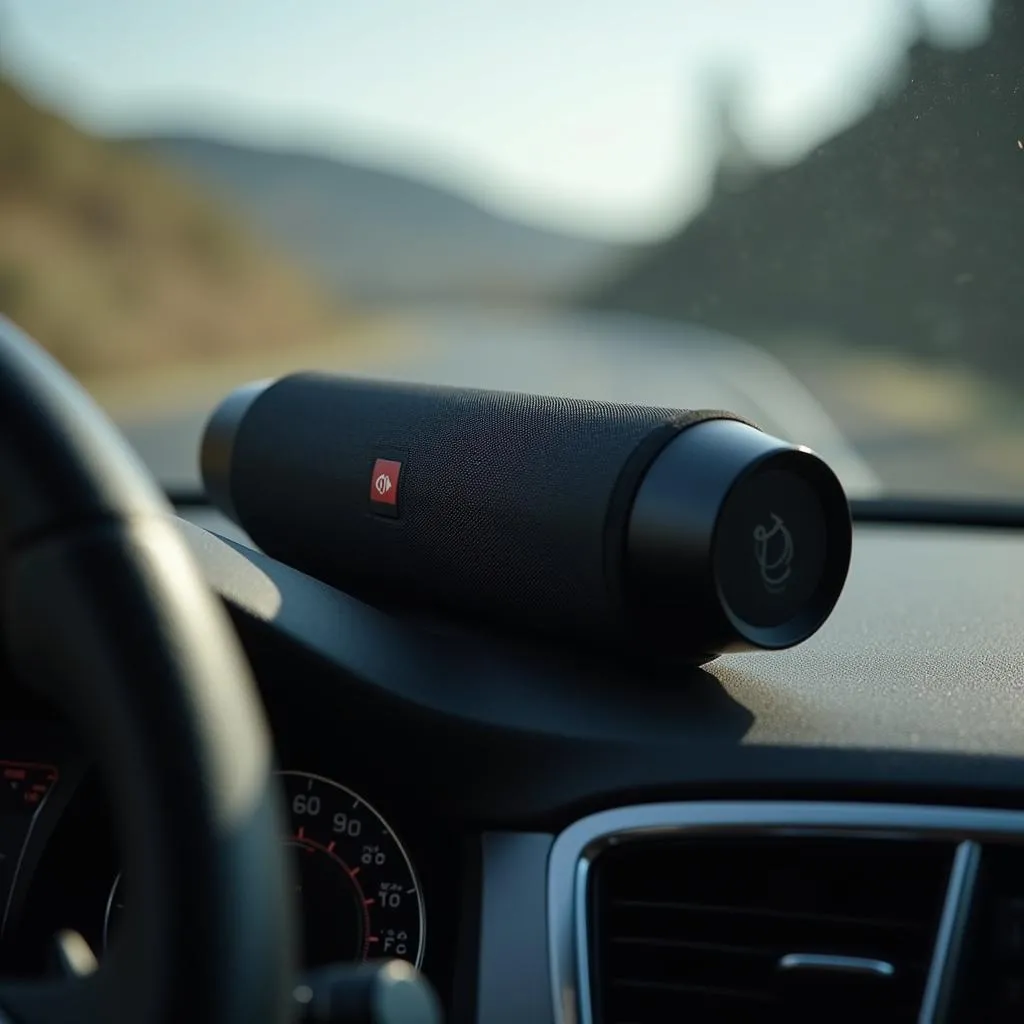In today’s world, car theft is a serious concern for many vehicle owners. Thankfully, modern vehicles are equipped with sophisticated anti-theft systems designed to deter criminals and keep your car safe. One such system is the engine immobilizer, a crucial security feature found in most cars manufactured after the mid-1990s. This article will delve into the intricacies of engine immobilizer systems, explaining what they are, how they work, common issues, and more.
Understanding How Engine Immobilizers Prevent Theft
An engine immobilizer is an electronic anti-theft system that prevents the engine from starting without the correct key present. It acts like a digital gatekeeper, preventing unauthorized access and deterring theft attempts.
How Engine Immobilizers Work:
At the heart of the system lies a transponder chip embedded within your car key. This chip communicates with the vehicle’s Engine Control Unit (ECU) when the key is inserted or brought near the ignition. Here’s a step-by-step breakdown:
- Key Insertion: When you insert your key into the ignition cylinder or bring it close to the push-start button, the transponder chip inside the key is energized by a small electromagnetic field generated by the vehicle’s immobilizer system.
- Signal Transmission: The energized chip transmits a unique and predetermined code to the ECU. This code acts like a secret password, verifying the key’s authenticity.
- ECU Verification: The ECU then verifies the received code against a stored database of authorized keys. If the code matches, the ECU unlocks the engine, allowing it to start. If the code is incorrect or absent, the ECU maintains the engine immobilization, preventing the car from starting.
Advantages of Engine Immobilizers:
- Deterrent to Theft: The visual presence of an immobilizer system (often indicated by a flashing light on the dashboard) can deter potential thieves.
- Increased Security: Engine immobilizers make it extremely difficult for thieves to hotwire or steal your car, significantly enhancing security.
- Reduced Insurance Premiums: Many insurance providers offer lower premiums for vehicles equipped with engine immobilizers, recognizing their effectiveness in preventing theft.
 Engine Immobilizer System Diagram
Engine Immobilizer System Diagram
Common Engine Immobilizer Issues and Solutions:
While engine immobilizers are generally reliable, issues can arise. Let’s look at some common problems:
- Malfunctioning Key: A damaged or deprogrammed key is a common culprit. The transponder chip inside the key might be faulty, or the key itself might have lost its programming.
- Solution: Reprogramming or replacing the faulty key is usually necessary. An automotive locksmith or dealership can assist you with this.
- Weak Key Battery: Some key fobs have batteries that power the immobilizer communication. A weak battery can disrupt the signal transmission.
- Solution: Replace the key fob battery with a new one.
- ECU Problems: Issues with the vehicle’s ECU can also cause immobilizer malfunctions.
- Solution: Diagnosing and repairing ECU issues requires specialized equipment and expertise. Contacting a qualified mechanic or dealership is recommended.
- Wiring Faults: Damaged or corroded wiring within the immobilizer system can disrupt communication between the key, ECU, and other components.
- Solution: Inspecting and repairing or replacing damaged wiring is crucial. Consulting a qualified automotive electrician is recommended.
 Car Key with Transponder Chip
Car Key with Transponder Chip
FAQs about Engine Immobilizer Systems:
Q: Can I bypass the immobilizer system if I lose my keys?
A: Bypassing the immobilizer system is extremely difficult and not recommended. It requires specialized knowledge and tools. The best course of action is to contact a qualified locksmith or dealership to have a new key programmed.
Q: What should I do if the immobilizer warning light is flashing on my dashboard?
A: A flashing immobilizer warning light usually indicates an issue with the system. It’s essential to address the problem promptly. Trying to start the engine repeatedly while the light is flashing could potentially worsen the issue. Consider using a professional diagnostic tool, like those offered by Cardiagtech, to read trouble codes and pinpoint the root cause.
Q: Are aftermarket immobilizer systems available?
A: Yes, aftermarket immobilizer systems are available. They can provide an additional layer of security, especially for older vehicles that didn’t come equipped with factory-installed systems.
Q: Can OnStar disable the anti-theft system?
A: You can learn more about the capabilities of OnStar and its potential interaction with anti-theft systems in our detailed article “Can OnStar Disable Anti-theft System?”.
Cardiagtech: Your Partner in Automotive Diagnostics
Dealing with engine immobilizer problems can be frustrating. If you’re experiencing issues or have concerns about your vehicle’s anti-theft system, Cardiagtech is here to help. We provide top-of-the-line automotive diagnostic equipment and software, empowering both DIYers and professional mechanics to tackle complex automotive problems with confidence. For in-depth information on how to disable an anti-theft system, you can visit our comprehensive guide: “How to Turn Off the Anti-theft System”.
Conclusion
Engine immobilizer anti-theft systems play a vital role in securing your vehicle from theft. Understanding how they work and recognizing common issues can save you time, money, and frustration. If you encounter any problems, don’t hesitate to seek assistance from qualified professionals or leverage the power of CARDIAGTECH’s diagnostic solutions. Remember, a well-maintained immobilizer system is a valuable asset in protecting your car. To learn more about different anti-theft devices used in cars, check out our insightful article “What is Anti-theft Device in Car?”.

